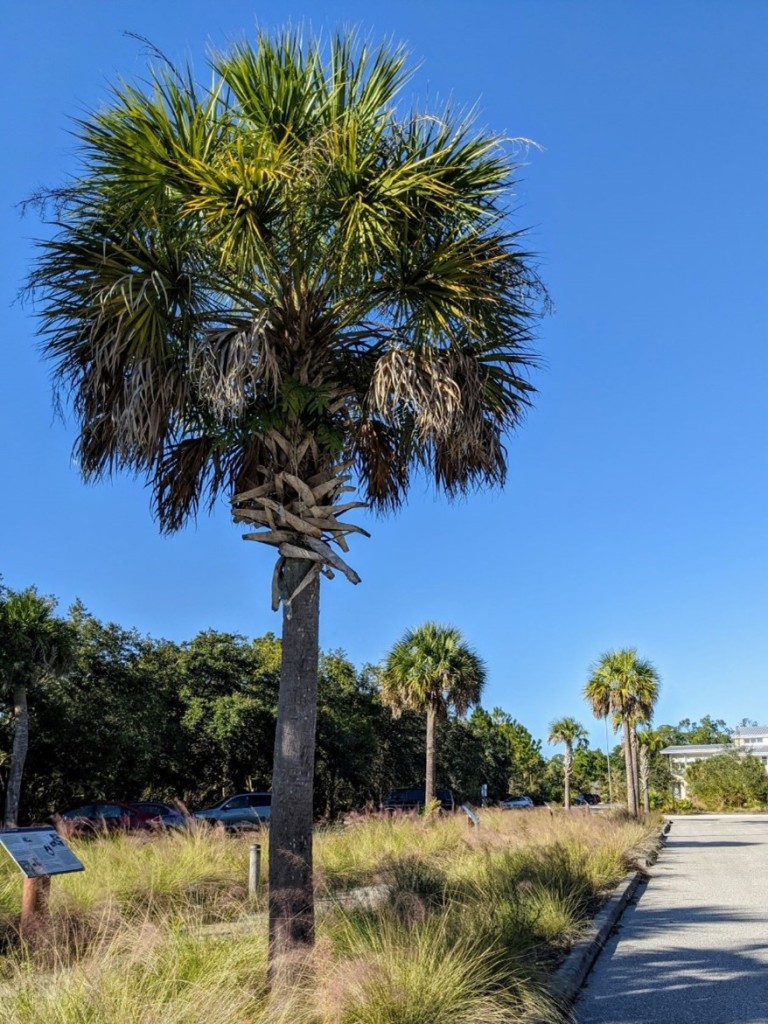
Author: Zach Forsburg
As you read this, world leaders are meeting in Glasgow, Scotland, for the 2021 United Nations Climate Change Conference. This conference, known as COP26, is the 26th meeting of the Conference of the Parties. This inter-continental collaborative effort aims to combat global climate change and accelerate action toward the goals of the Paris Agreement, the international treaty on climate change. One of the main goals of the Paris Agreement is to keep the rise in mean global temperature less than 2 oC (3.6 oF) above pre-industrial levels, with an ideal limit of 1.5 oC (2.7 oF). The Agreement also outlines the need to reduce carbon emissions as quickly as possible, with the goal of net-zero emissions by the middle of the 21st century. To help achieve the increasingly adopted goal of net-zero emissions by 2050, countries are looking for solutions to sequester, or store, carbon from the atmosphere.
To help achieve net-zero emissions, there has been growing interest by urban planners in Florida to plant more trees in cities, thus increasing carbon sequestration (carbon storage). In theory, the more trees there are in a city, the more carbon is being stored, moving the city closer to achieving net-zero emissions. However, not all trees are equal when it comes to storing carbon, and recently there has been a move to plant more native oak trees rather than native palms in Miami Beach. The city’s ‘Rising Above’ plan includes a goal that no more than 25% of the public tree population should consist of palms. The plan makes the case that Live Oaks (Quercus virginiana) should be planted in lieu of palms as they sequester far more carbon per year, and in their lifetime, than palms, and are less costly to maintain throughout the year. While it is true that oak trees sequester far more carbon than palms, there are many benefits to the continued inclusion of palms in urban planning.
Native palm trees are adapted to Florida environments and provide benefits to wildlife and humans, while contributing to carbon storage. Palm trees can thrive in many habitats and are suited to conditions in coastal areas including salt-laden coastal winds, although they are susceptible to rising sea levels. Palm trees can be grown in narrow spaces that might not be suitable for other trees, such as oaks. Palm trees also provide shade for humans and shelter for wildlife, particularly when planted in groups. Cities often cut off old fronds, trim fruit, and remove the boots from Cabbage Palms (Sabal palmetto), resulting in palm trees being more expensive to maintain throughout the year. To reduce this cost, palms should simply be left as they are, and not manicured. Not only does this save money, it also is more friendly to wildlife, providing more places to shelter, nest building material, and food. Native palms are highly beneficial to wildlife, should be included in city landscapes, and conserved in wild areas and working landscapes, like ranches.
COP26 recognizes and brings awareness to the need for collaborative efforts that encourage countries to protect and restore ecosystems and make infrastructure and agriculture resilient to climate change. Planting more trees in urban areas will contribute to achieving net-zero emissions, while protecting and restoring ecosystems can move the needle further. Recently, the Florida Wildlife Corridor Act was signed into law, helping to protect natural areas and working lands within the Florida Wildlife Corridor, a network of connected public and private land in Florida. Protecting more wild areas and working lands in Florida will complement efforts in urban areas, coupling rural conservation with urban conservation, and contributing to overall carbon sequestration, helping us move toward net-zero emissions by 2050.
